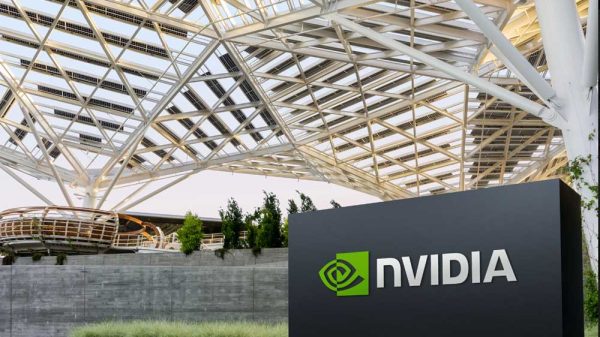In a rapidly evolving technological landscape, fear of missing out (FOMO) is driving some of the biggest tech giants to invest billions of dollars in generative artificial intelligence (AI) startups. Tech companies such as Amazon, Microsoft, and Alphabet are making unprecedented investments to ensure they stay at the forefront of the generative AI boom. This article will explore the motivations behind these investments, the growing significance of generative AI, and the implications for the future of technology.
The Generative AI Gold Rush
Tech giants, hindered by an unfavorable regulatory environment that limits acquisitions, are finding alternative ways to tap into the potential of generative AI. Amazon’s recent $2.75 billion investment in artificial intelligence startup Anthropic stands as its largest venture deal to date. Anthropic, developer of the AI model Claude, competes with OpenAI’s GPT and Google’s Gemini. These companies, along with Meta and Apple, are racing to integrate generative AI into their product portfolios to avoid falling behind in a market projected to generate over $1 billion in revenue within a decade.
FOMO and Strategic Investments
In 2023, tech companies collectively invested a staggering $29.1 billion in nearly 700 generative AI deals, marking a 260% increase in value compared to the previous year. While venture capitalists and institutions traditionally drive investments, a significant portion of the funding now comes from strategic investments by tech giants themselves. Fred Havemeyer, head of U.S. AI and software research at Macquarie, believes FOMO plays a significant role in driving these decisions, as companies strive to be part of the AI ecosystem and avoid missing out on emerging opportunities.
The Cost of AI Development
The substantial investments in generative AI are driven by the high costs associated with developing and training AI models. Building and training AI models require specialized chips, often sourced from companies like Nvidia. Meta, for instance, is investing billions in Nvidia’s graphics processing units as it develops its own generative AI model called Llama. The limited number of companies capable of affording such investments further highlights the exclusivity of the market.
Strategic Alliances and Cloud Providers
Tech giants are not only investing in AI startups but also forming strategic alliances with big cloud providers. These alliances benefit startups by providing much-needed cash and access to a wide customer base. In return, cloud providers offer native access to the latest AI models and infrastructure, enticing startups to work on their platforms. The emergence of alliances among hyperscalers with substantial scale and deep pockets is shaping a larger ecosystem around generative AI.
The Future of Generative AI
Tech executives have emphasized their commitment to generative AI in recent earnings calls, highlighting the need to allocate resources and investments to shape the next decade. Companies like Microsoft, Google, Apple, and Amazon are willing to cut costs across other departments to redirect funds toward AI initiatives. Startups are also benefiting from the generative AI surge, with tech giants investing in promising companies such as Mistral, Figure, and Humane.











